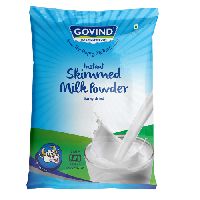

He adds New Zealand has been heavily dependent on exports, at 95%.When a major importer like China makes a play like they did in 2014, it impacts export-reliant countries. “It is too small to be unconcerned with, but it is also not large enough to command the attention of a national economy,” Suber says. in an interesting position, says Tom Suber, president of the U.S. That equates to one day of milk production per week going out of the country. Just from 2013 to 2014, there was a 1% increase.Īpproximately 15% of milk is exported out of the U.S. In the past 10 years, exports have grown 9%. This all comes at a time when New Zealand appears to be maxed-out in terms of dairy expansion, and the U.S.

“When we look at where the opportunity is for growth, it really is in those countries in Southeast Asia,” he says. It presents an opportunity to supply high-quality nutrition through milk protein to people across the world. “In the western U.S., we have good access to those Asian markets. “For every consumer you have in the U.S., around the world, there are 24 more,” Wegner adds. is home to 4% of the world’s population, while Asia has 50%. Jim Wegner, CEO of Darigold, believes emerging Asian markets could be a boon for business.The U.S. Every day, 1 million pounds of powder are produced by the Pacific Northwest cooperative, with two-thirds of that exported. In 2014, milk powder was 40% of the ingredients business, while cheese and fluid milk each took 30%.

Powder has been an important part of the export markets for Darigold, Inc. We will learn and grow in that,” Jeter says. Obviously, we’re the new people on the block, and we have a lot to learn. “That’s why we’re feeling good about this next step into milk powders.


 0 kommentar(er)
0 kommentar(er)
